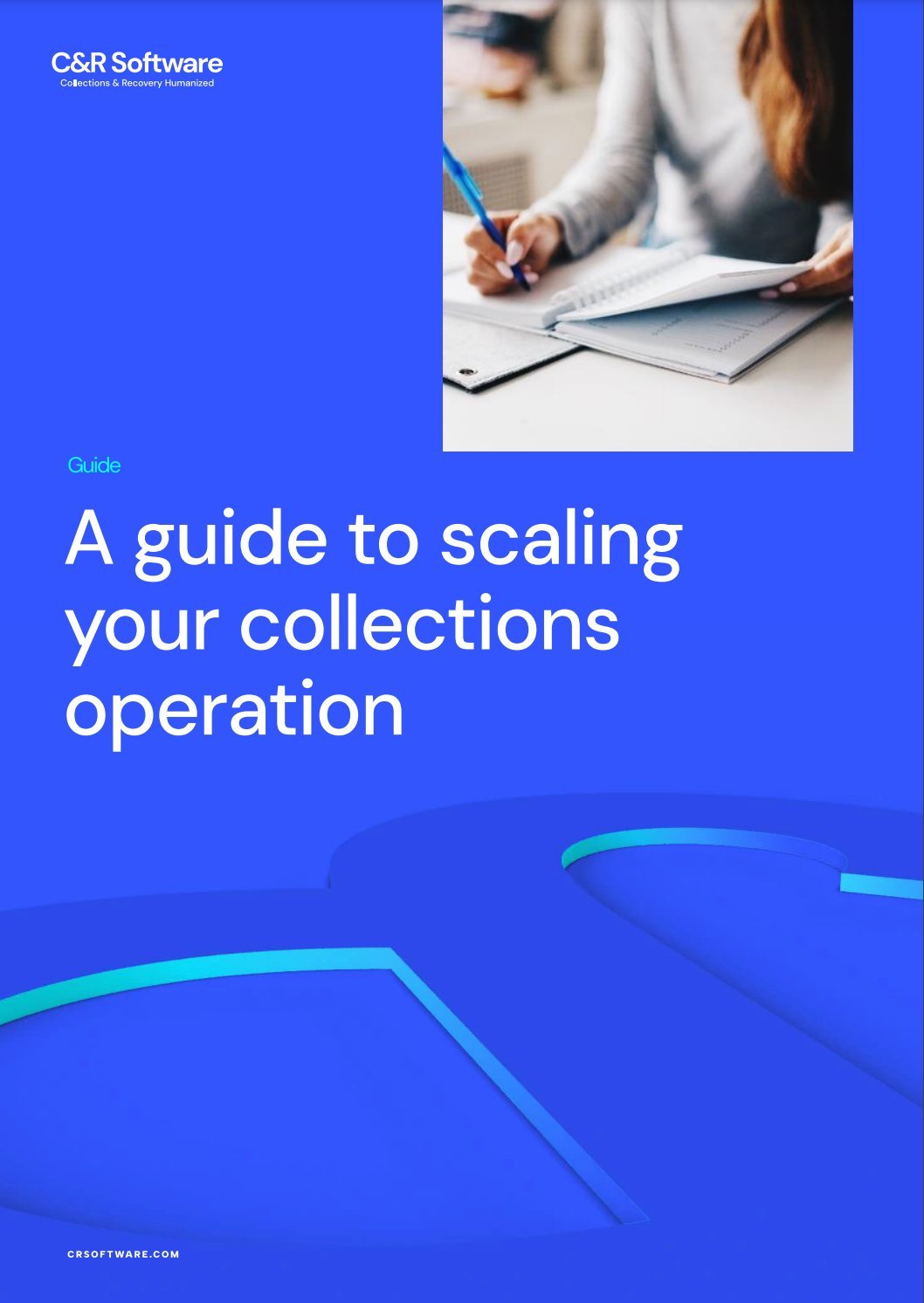As debt collectors have grown their communication channels, it was inevitable the amount of data businesses have to manage would also expand. Traditionally, collectors have relied upon separate departments to manage different types of data, making it time consuming to retrieve and use information in an efficient way.
Centralized data is a form of data management that collates all the information an organization has on customers into one place. This process can make each branch of a business more efficient while saving money, time, and improving efficiency. But what exactly is data centralization, and what are the features that make it so important to debt collections departments?
What is centralized data?
Many organizations have separate departments or systems storing different types of consumer data, including contact details, total current debt or debt history. The process of retrieving data from each individual system or department can become time consuming and easily result in inaccuracies, inconsistencies or misrepresentations if not performed properly. Any form of inaccuracy can cost businesses and consumers considerable time and effort, not to mention expense.
The centralization of data refers to the collating of all relevant customer information and placing it under a single department or system. This way, all data can be easily managed and retrieved, offering various benefits to both collectors and consumers alike.
The features of centralized data for debt collection
Optimized data retrieval
The centralization of data optimizes the data retrieval process. Traditionally, collectors would spend considerable time working across departments and systems to retrieve different types of data on a single consumer. With centralized data, businesses can have access to all the data they have on a consumer in a single place, removing the risk of inaccuracies and issues relating to collecting data from different sources.
Visualize long term trends and solutions
One key benefit of centralized data is having lots of historical data in a single place. This enables collections departments to better visualize and compare the long term data history of a single customer, group of customers, or their entire customer base. With this information, businesses can identify trends that can translate to actionable insights, measure the data against their goals, as well as ensuring consistency and accountability. Ultimately, these insights can be invaluable in choosing the right approach for each customer and maximizing collection success rates.
Enhanced customer experience
A centralized data platform greatly benefits customers as well as businesses. Having data in a single location makes it easier to create tools and systems that customers can use to manage their debt. Not only that, but it can enable users to easily input all the relevant data businesses need into a single place, minimizing the need for prolonged communication over traditional channels.
Incorporating centralized data into your debt collection operations
Where the benefits of centralized data are clear, actually centralizing your department’s existing data can be a painstaking and difficult process. At C&R Software, our tools provide a coherent and effective solution to achieving centralized data.
Debt Manager from C&R is the world’s leading system for collections and recovery, in part because of how it uses centralized data to optimize processes for both businesses and customers. Trusted by hundreds of organizations across banking, telecoms and healthcare, Debt Manager is your next step towards an effective and efficient operational base.
Contact us today and discover how we can help you centralize your debt collections data and optimize your processes.







